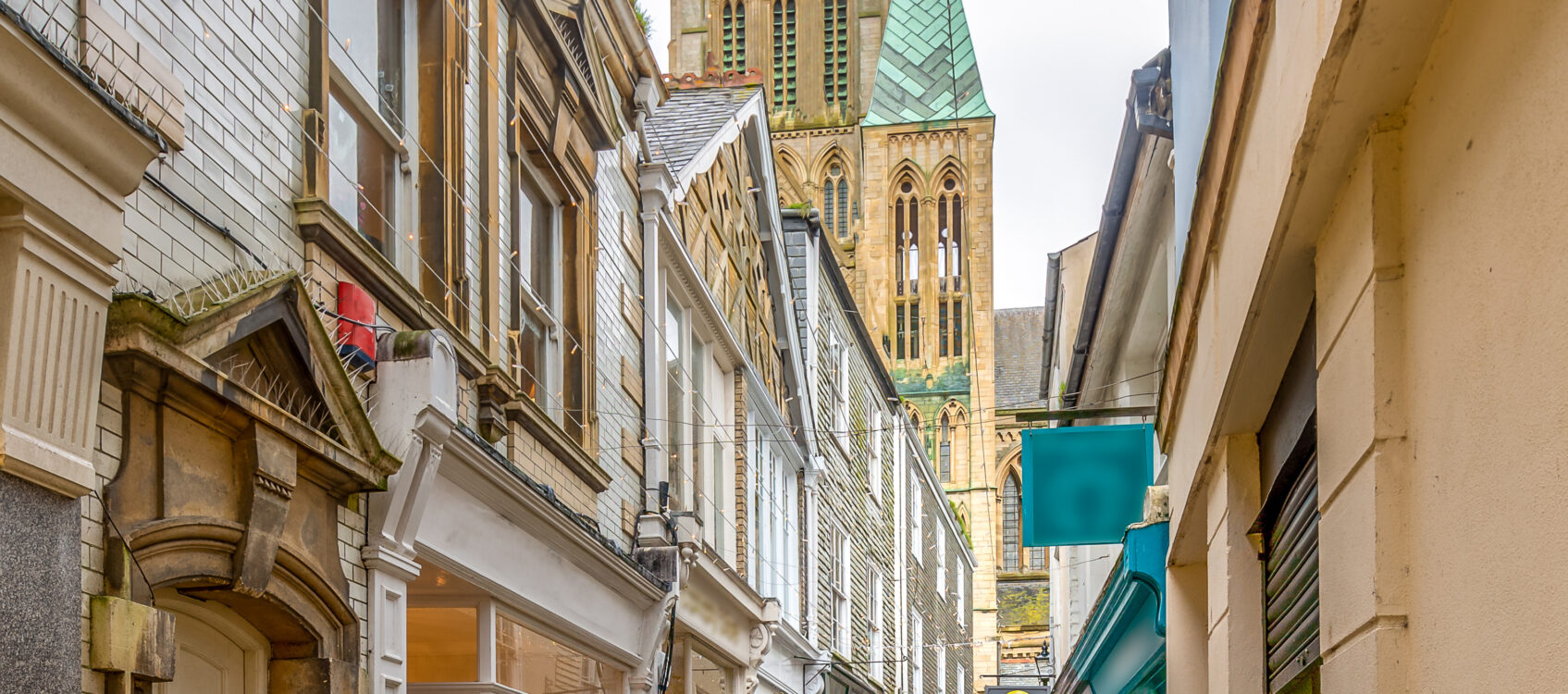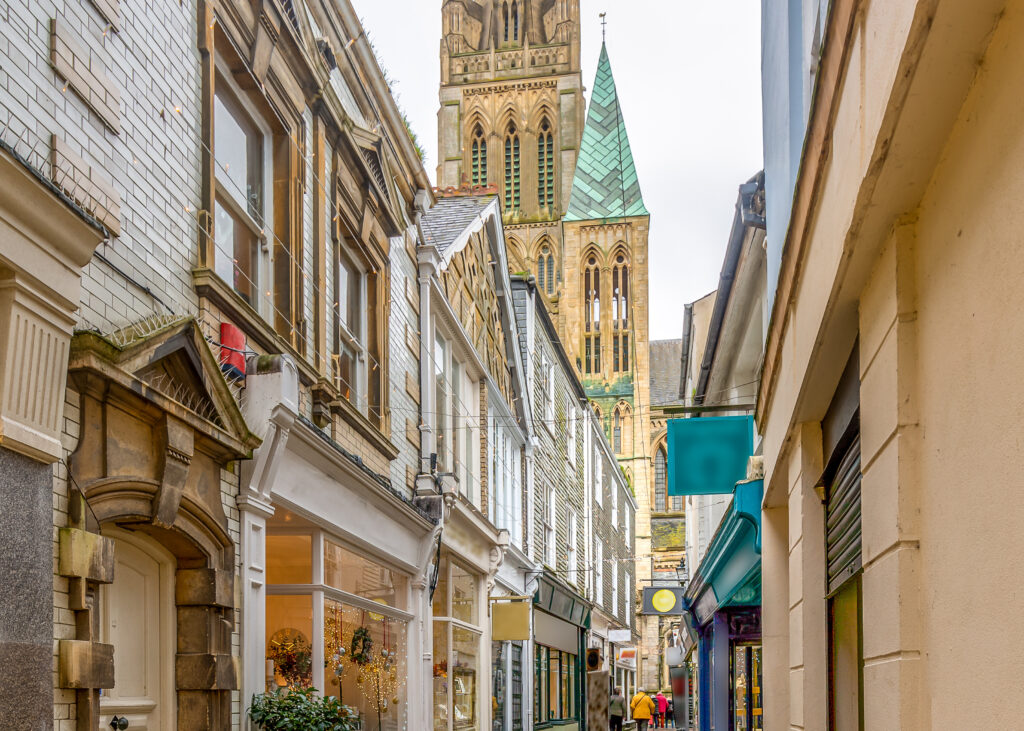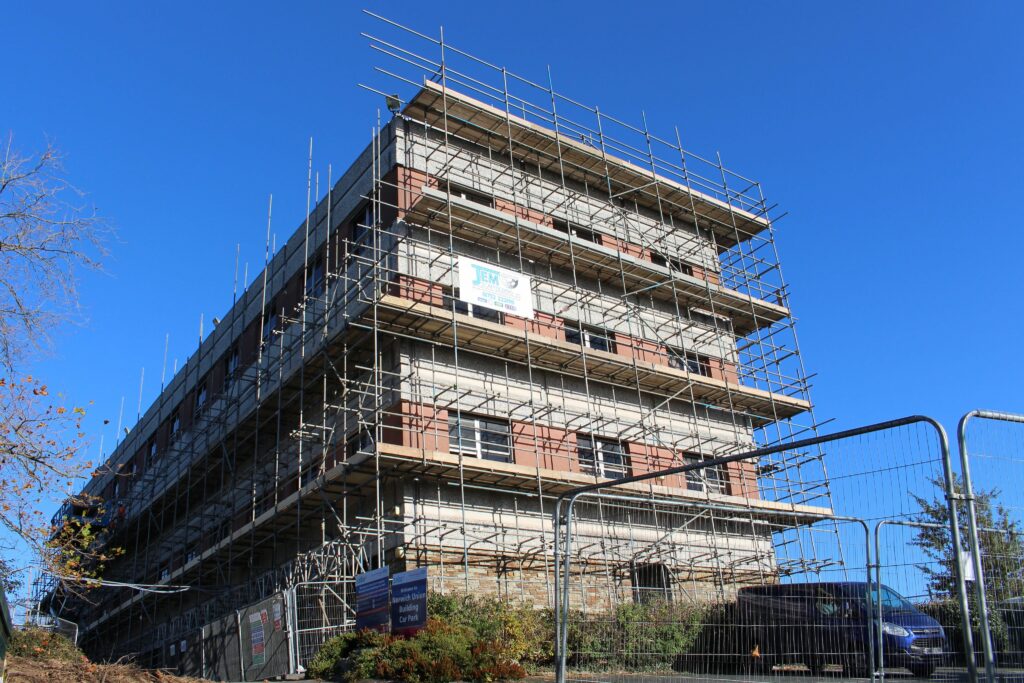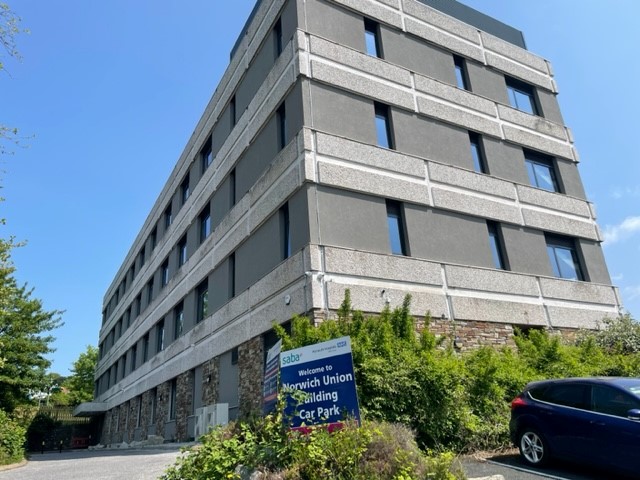At LHC Design, we are reshaping the future by embracing Adaptive Reuse – a powerful combination of Retrofit and Rejuvenation. Our expert team is dedicated to breathing new life into existing structures, fostering sustainability, and challenging the conventional wisdom of demolishing old buildings in favour of new ones.
As highlighted by the Intergovernmental Panel on Climate Change (IPCC), the key to a sustainable future lies in retrofitting existing buildings. By 2030, the largest carbon savings are expected to come from revamping our current building stock and upgrading energy-consuming systems. This paradigm shift challenges the norm, recognising the environmental impact of demolishing old structures and replacing them with new ones.
Retrofitting enhances a building’s energy efficiency and user-centric features like daylighting, accessibility, ventilation, air quality, and acoustics. The goal is to replace fossil fuels with renewable energy, emphasizing on-site solutions wherever possible.
On the other hand, Rejuvenation focuses on the adaptive reuse of existing buildings, preserving their historical and architectural significance while meeting contemporary needs. This aligns seamlessly with the principles of sustainable development, promoting resource efficiency and minimizing the environmental footprint associated with new construction.
Heritage Retrofit & Rejuvenation
At Oldway Mansion in Painton LHC are unravelling a beautiful story of possibilities as we create a new way for Oldway. This hidden treasure, nestled in the heart of the Paignton community, is one of the grandest Victorian buildings in the Southwest. Now embarking on an ambitious journey of revival, LHC is working with the people of Paignton to transform this historic gem into a vibrant, community-centric space. Encompassing residential accommodation, employment spaces, infrastructure, community facilities, and leisure areas.
Adaptive reuse projects contribute not only to environmental goals but also to the revitalisation of urban areas, fostering cultural and economic growth. Careful planning ensures the retention of the original structure’s character while meeting modern safety, accessibility, and functional requirements.
In addition to environmental benefits, commercial retrofit is becoming essential in meeting the growing demand for sustainable workplaces. Assets with robust sustainability features command higher values, longer leases, and reduced operational costs.
Modern Retrofit & Rejuvenation
A case in point is Brittany House in Plymouth, where LHC’s deep retrofit project transformed the building’s performance. The result was an impressive Energy Performance Certificate (EPC) rating of B, outshining the original design assessment rating of E. This success underscores the value of retrofit, not just in environmental terms but also economically.
As Minimum Energy Efficiency Standards (MEES) tighten, investors and occupiers recognise sustainable buildings as less risky. Investing proactively in retrofit and rejuvenation aligns with environmental goals and financial prudence, promising long-term benefits for both our planet and our pockets.
Achieving responsible retrofit and adaptive reuse often requires compromises between different values. It also requires a Whole Building Approach whereby there is integration of the fabric measures, services, and proper consideration of how people live and use the building. All of these must be adapted to the context of the building and the wider community it sits within.





